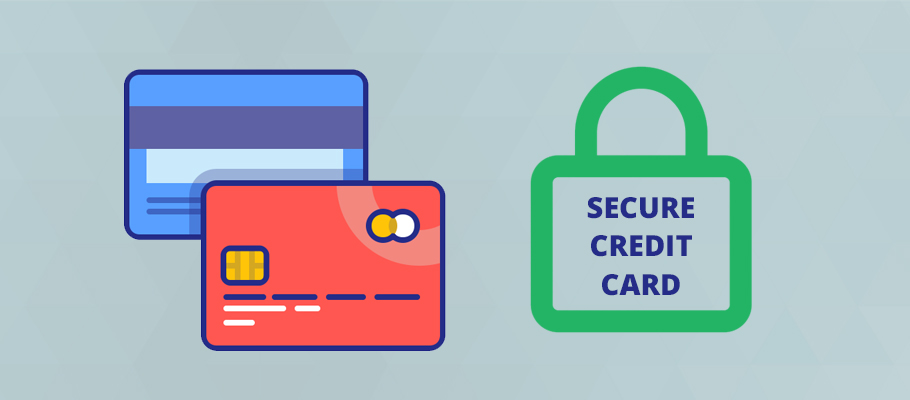
In an era where digital transactions have become the norm, ensuring the security of your credit card has never been more crucial. As technology advances, so do the tactics of cybercriminals. To help you navigate the digital landscape safely, here’s a comprehensive guide to Credit Card Security 101.
1. Stay Informed About Fraudulent Activities
Being aware is the first line of defense. Regularly monitor your credit card statements and transactions. Set up alerts for any unusual activity, and report discrepancies to your card issuer immediately. Quick action can prevent further damage and increase the likelihood of recovering any unauthorized charges.
2. Embrace Two-Factor Authentication
Two-factor authentication adds an extra layer of protection to your accounts. Enable this feature whenever possible, as it typically involves receiving a code on your mobile device or email that must be entered alongside your password. This ensures that even if your password is compromised, unauthorized access is still thwarted.
3. Update Your Passwords Regularly
Frequent password changes may seem tedious, but they are essential for maintaining security. Create strong, unique passwords for your credit card accounts, avoiding easily guessable information like birthdays or names. Consider using a reputable password manager to generate and store complex passwords securely.
4. Beware of Phishing Scams
Phishing scams are a common tactic used by cybercriminals to trick individuals into providing sensitive information. Be cautious of unsolicited emails, messages, or calls requesting personal or financial details. Legitimate institutions will never ask for sensitive information through these channels.
5. Secure Your Physical Card
While the digital realm is a primary focus for security, don’t overlook the physical aspects. Keep your credit cards in a secure wallet, and never leave them unattended. Shred old statements and cards before discarding them to prevent identity theft.
6. Utilize Virtual Credit Card Numbers
Some credit card issuers offer virtual credit card numbers for online transactions. These temporary numbers are linked to your main account but provide an extra layer of security, as they can’t be used for additional transactions once the original purchase is complete.
7. Regularly Check Your Credit Report
Obtain and review your credit report regularly to identify any inaccuracies or suspicious activities. This proactive approach allows you to address issues promptly and maintain a healthy credit history.
8. Install Security Software
Ensure that your devices have reputable antivirus and anti-malware software installed. Regularly update these programs to guard against the latest threats. Additionally, use secure and encrypted Wi-Fi connections, especially when making online transactions.
By incorporating these Credit Card Security 101 tips into your financial practices, you can navigate the digital age confidently and safeguard your finances against potential threats. Stay vigilant, stay secure!
